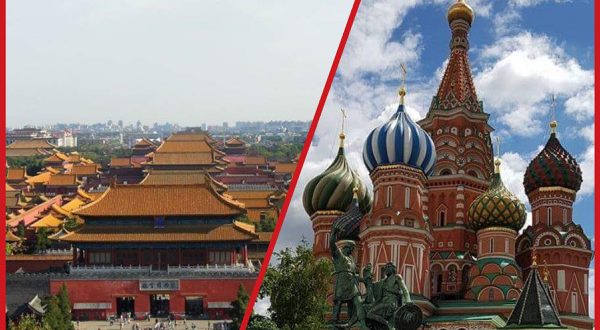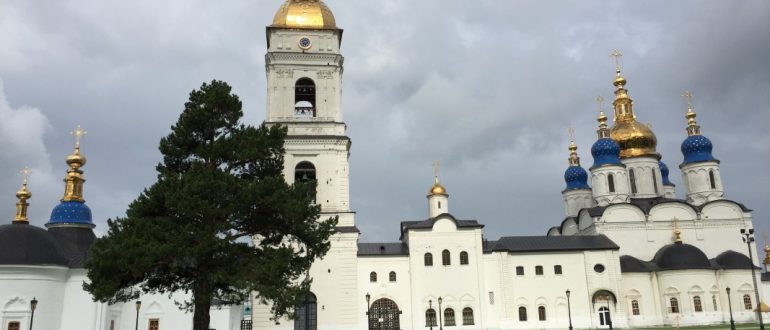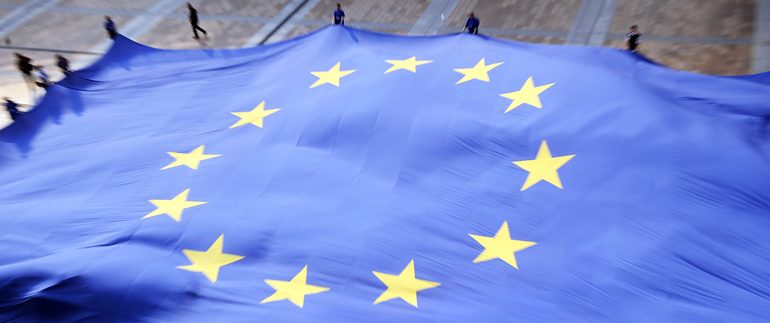
Is United Russia the only game in town?
While Europe is shaken by a row of nerve-wrecking elections, in Russia, not many people seem to expect much from the upcoming Duma elections. Not least because the elections have been brought forward from December to September, parties will have no real option to create effective political campaigns. Even if existent, it is unlikely that they will have any influence on the mind of the average voter, that is most likely to be currently withdrawing into holidays. A daunting calmness spreads in the face of a monolithic centralist political system, that has grown over the course of the last decade.
The evolution of a monolithic party system
Vladimir Putin inherited from Boris Yel’tsin a political system that represented a weak national superstructure based upon a variety of autonomous subnational authoritarian regimes. In the course of the 2000’s authoritarianism came to the forefront; a political regime of electoral authoritarianism emerged, that was for the greater part surprisingly successful. Yet, under the control of growing presidential powers, parties were restricted to an increasingly narrow political playing field.
This development was not inevitable. Since Putin’s first term in the course of the beginning millennium, several deep-reaching reform packages were indeed successful at generating a national party system. In the 90’s, the highly volatile party configuration made it very hard to translate voters’ decisions into legitimate political action. With the exception of the Russian successor of the communist party (CPRF), the new opposition parties were either short-lived, altogether lacking a political program, or narrowly focused on specific regions and topics. The electoral reform from a mixed plurality system to proportional representation effectively strengthened the formation of nationally relevant parties. In the absence of direct mandates, political candidates were less likely to run as independents and more strongly bound to build their electoral basis in alignment with a party.
However, from the mid-2000’s, the political elite continued to tighten the screws. Following reform packages continuously restricted the freedom of political parties, making it increasingly harder for political opponents to challenge the status quo. The results manifested themselves in the 2007 Duma elections, in a political system of electoral authoritarianism with a party system that is dominated, until today, by ‘Edinaya Rossiya’ and it’s loyal satellite parties, the CPRF, the LDPR and ‘Just Russia’ (see table 1 for short party portraits).
At this point, it is important to remember, that two out of the four main political parties did not exist prior to 1999. Edinaya Rossiya, as a merger of the parties „Unity“ and „Fatherland – All Russia” is among the youngest parties currently represented. Putin as their leader won the elections in 2000 only with a narrow majority. The Russian electorate was initally rather mistrustful of him and it was not from the beginning that he gained mass support. It was likewise only incrementally that Edinaya Rossiya was able to build something like a coherent political ideology. For a “catch-all party” like Edinaya Rossiya a too poignant ideological basis would also make little sense. This would imply the possibility of voters to punish their representatives for unfulfilled expectations. Until today, Edinaya Rossiya remains rather a loose association of political personnel of various ideological backgrounds bound together by loyalty to the executives’ political projects in exchange for offices. Over the course of the past years, it was sufficient and most convenient to build its main rhetorical line around national conservatism.
The end of United Russia’s monopoly of power
Conservatism has proven to effectively reach the larger parts of the electorate. However, the last elections results in 2011 have shown that it is nearly impossible to replicate the 2007 parliamentary two third majority for Edinaya Rossija, especially not under the formal plurality voting system. It did not take too long for the Russian electorate, especially not for the middle-class big-city residents, to notice the well-known monolithic character of the political system that has emerged. Before the last Duma elections in December 2011, it became clearer than ever before that voting choices do not translate into changes in political leadership and their courses of action. In the face of shrinking electoral support for Edinaya Rossiya, the political executive was prepared to use blunt and fraudulent means to guarantee success at the ballot box. The protests following massive election fraud were witness to signs of a political system that increasingly got out of equilibrium. Only the following presidential elections in spring 2012 brought an end to the protesting mood.
To understand the outburst of protest in 2011, it is also important to keep in mind, that although the first experiences with elections from 1989 were set against a highly unfavorable background of an unstable party system and the instigation of deeply painful reforms, the Russian voters have already made first experiences with comparatively free elections throughout the 90’s.
Shortly before the 2016 parliamentary elections, parties are realistically seen as a minor factor in the game of Russian politics. Under the current circumstances of growing presidential powers, they are unlikely to develop further and play out their function as a platform of voters’ articulation of interests. Although there are certainly many voters, who truly want to vote for a pro power party, it remains very difficult to say, to what degree the voting results capture the will of the majority that would legitimate the following political action.
Eroding parties, eroding politics
Systemically, the success of the current system is also a reason for its erosion. Voters are increasingly alienated by the monolithic character of the system; they have learned to lower their expectations to a minimum when it comes to political parties. In a political system where power mainly rests in the hands of presidential institutions, parties generally play a secondary role in the decision-making of national plans and fortunes and this is also reflected in the low level of trust towards these institutions.
The current strategy of the “party in power” is unlikely to be reducible to maximizing votes further. Under the circumstances of electoral authoritarianism, it is vital to appreciate the role of the media in mobilizing the electorate around specific leaders and parties, especially in times of economic hardship. Over the past years, the political system has gotten under increasing stress to perform in exchange for tough political decisions.
At the moment it seems likely that the political elite will continue on its internal and international politics with an “iron first”. However, it will need to keep its opponents even closer in order to control the political game. In the short run, the increased pressure for consensus might create advantageous situations for political opponents and open up new maneuvering space for political development.
Surprises are inherent in a system that is not build around stable institutions. Giving space for the development of political parties is a major milestone on the way to a functioning political system. It remains to be seen whether political parties will continue on the path of erosion or given more room for contestation in the face of the many internal and international crises.



